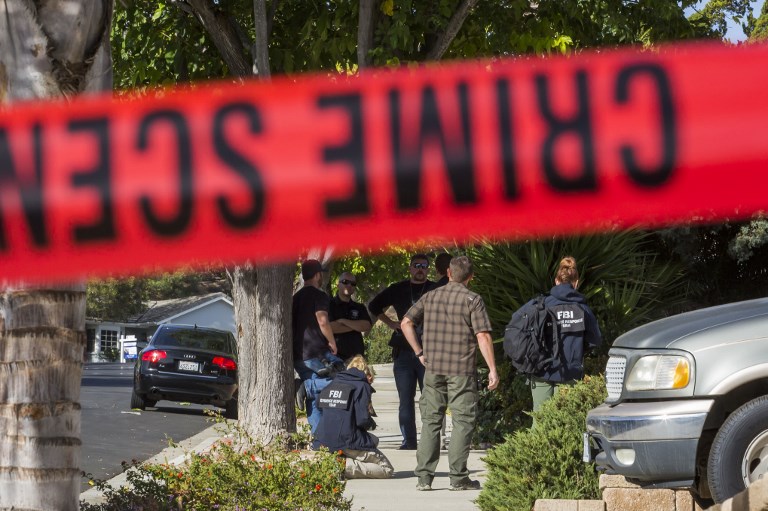
WASHINGTON, United States (AFP) — Authorities in Southern California have identified the gunman who killed 12 people in a crowded bar as 28-year-old Ian David Long, a former Marine who may have been suffering from PTSD.
Here is a look at Post-Traumatic Stress Disorder and the impact it has on veterans.
– How big a problem? –
Millions of veterans are dealing with PTSD, a signature wound of any war.
Symptoms can range from insomnia and depression to debilitating panic attacks, flashbacks, irritability and self-harming behavior.
Estimates vary, but the US Department of Veterans Affairs (VA) believes up to 20 percent of Iraq War and Afghanistan vets suffer from PTSD.
The VA says about 30 percent of Vietnam vets have experienced PTSD in their lifetime.
PTSD is caused by a range of factors. Sometimes it is a reaction to witnessing the horrors of war.
The constant state of high alertness troops experience in war zones can also contribute.
For instance, in Iraq, troops were often perpetually alert, looking for roadside bombs and ambushes.
The excessive brain activity can be hard to calm after a person leaves a combat zone.
– Treatments –
Treatment protocols are often changing, but doctors typically prescribe anti-depressants.
The VA says the preferred recourse comes through various types of psychotherapy.
In 2006, the VA started training clinicians in techniques such as cognitive-processing therapy, where a patient learns about and processes their trauma.
The VA also uses other methods aimed at desensitizing a veteran.
Paula Schnurr, executive director of the VA’s National Center for PTSD, says treatments have come a long way over the past decade and in many cases it is effectively curable.
Recognition of the condition has improved in recent decades.
Whereas vets from America’s 20th-century conflicts often kept their trauma secret, military commanders now encourage troops to talk about and get help for any signs of PTSD.
© Agence France-Presse







